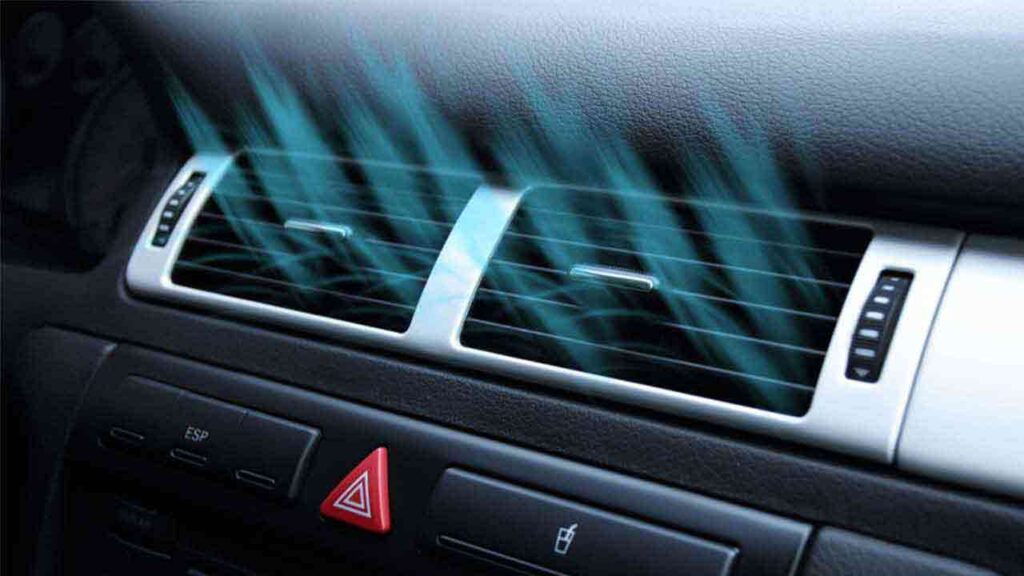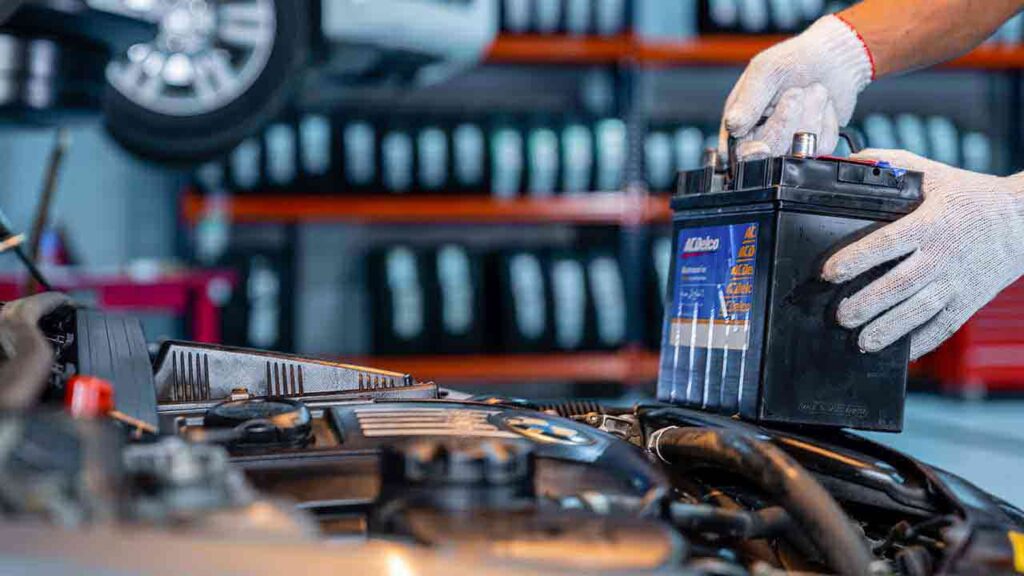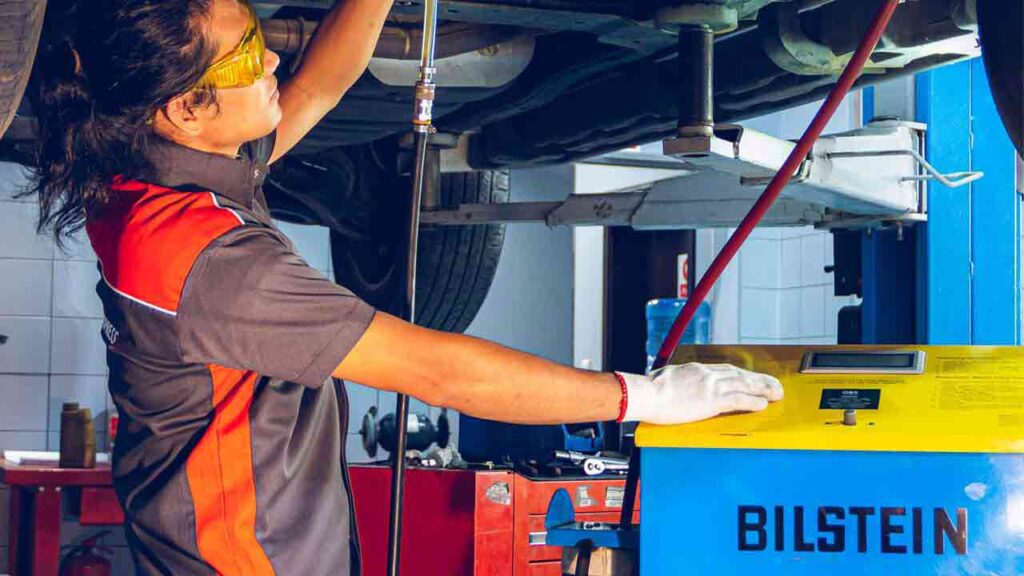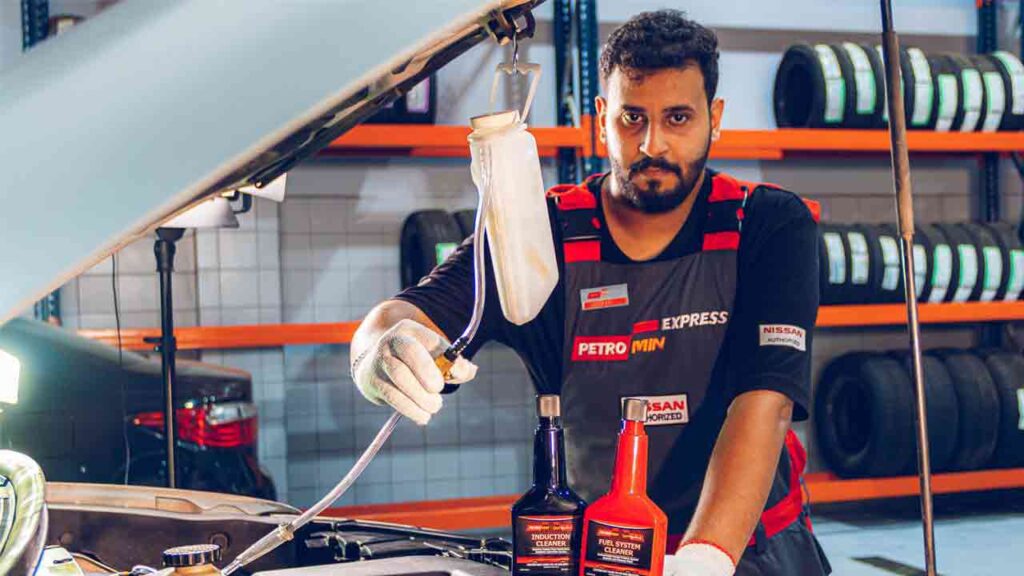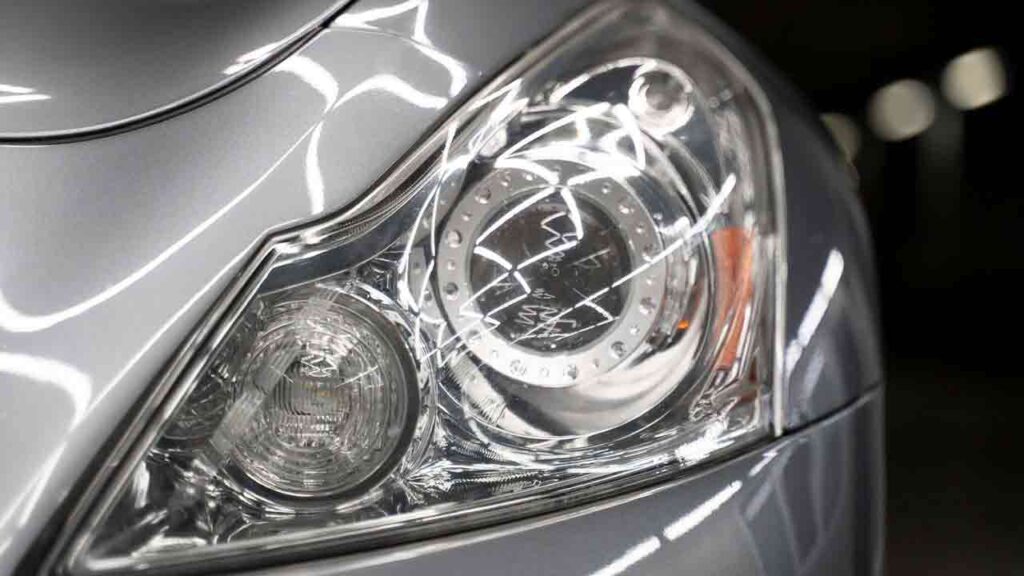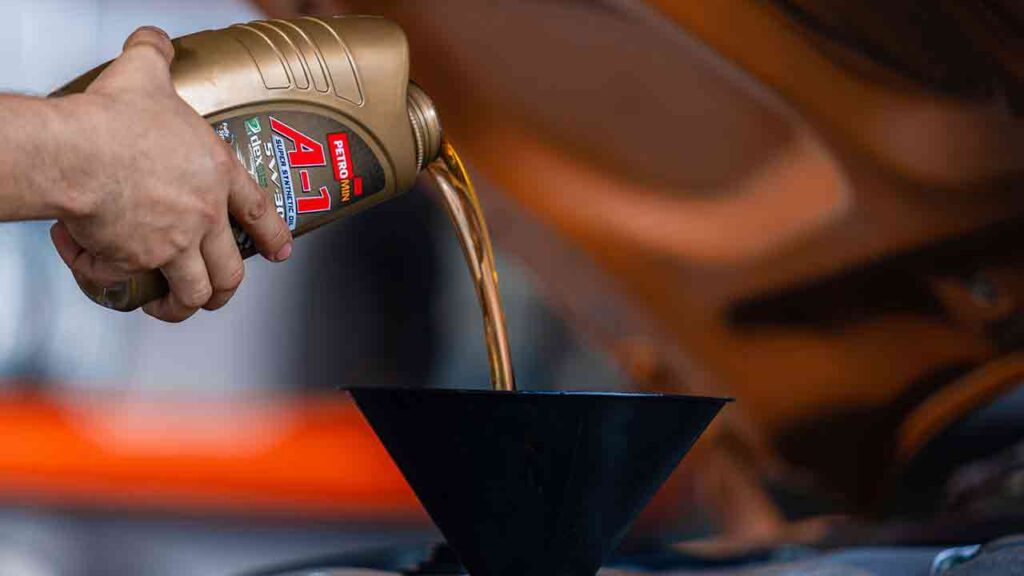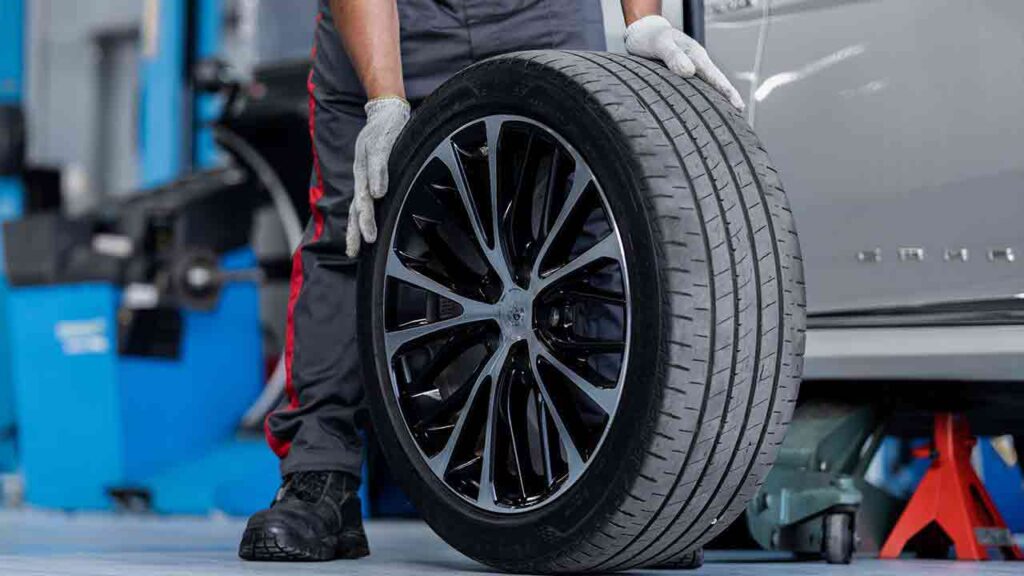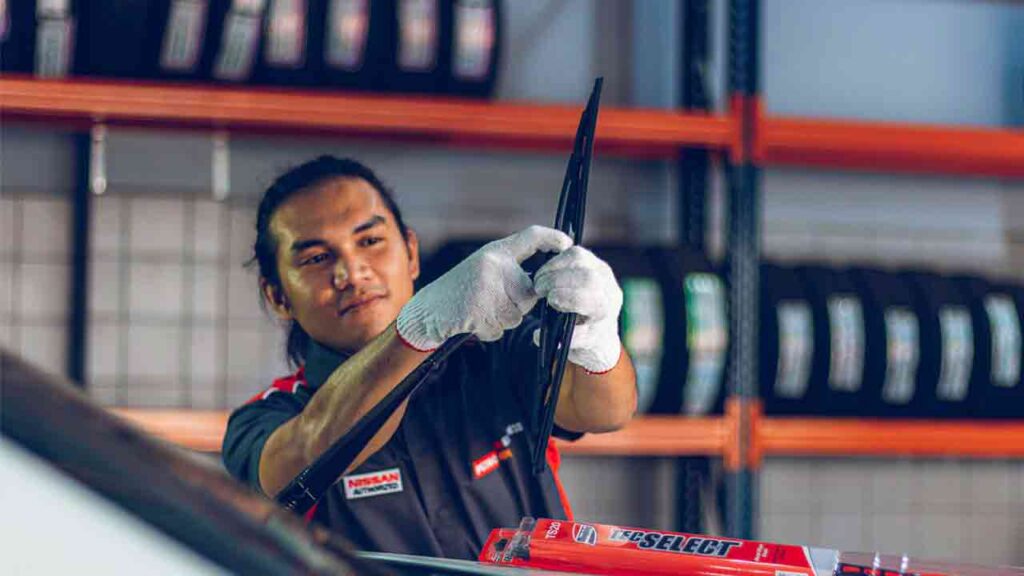Top 05 Disruptive Trends in the Automotive Industry
The automotive industry is shifting gears. The rise of electric vehicles to the development of autonomous cars and increased demand for price transparency by tech-savvy modern-day consumers have forced the automotive industry to not only redefine their business models but also rethink the entire concept of transportation.
Automotive players must steer in the right direction to gain a competitive edge. Starting from today, automakers can get a jump on the competition by mastering and benefitting from the disruptive digital forces ahead.
TREND 01: TRANSFORMATION OF AUTOMOTIVE AFTERMARKET DUE TO EVs
Electric vehicles are expensive compared to gasoline-powered vehicles due to the higher battery cost. The limitations of battery technology are holding back the movement of electrification. However, there are companies that are actively working on developing new battery technology that can overcome this challenge. There will eventually be a time when EVs will be cheaper than internal combustion vehicles, and once we reach that point, EVs will be on the fast track to market dominance.
The goal of the automotive aftermarket should not just be to survive but to thrive in it. To stay ahead of the curve, they will have to make significant changes. Knowing what to expect, which parts will stay, which parts will be phased out, and having broader knowledge about new parts that will enter the market can help them achieve a competitive edge. Businesses can also work in advance to create innovative solutions to solve parts stocks issues as OEMs are likely to face stock shortages with the EV boom. Businesses with a proactive approach can likely dominate the market with new and improved parts.
Internal combustion engines will, however, stay in the market for another 10 to 20 years, and few automakers will continue to address their vehicle requirements, but it won’t last forever, and these businesses will have to figure out how to stay relevant in an EV-dominated market.
Gasoline Powered Vehicle And EVs Sharing Same Parts:
- Brakes
- Batteries
- Cabin Filter
- Suspension components (shocks, struts, etc.)
- Vehicle Body parts
The designs, however, might be different for some of these parts in EVs.
Parts That Will be Phased Out
There are about 20 moving parts in electric vehicles, which is a significant reduction from the 2,000 moving parts in gasoline-powered engines. Many parts will eventually be phased out, such as:
- Clutches
- Multi-gear transmission
- Fuel system parts (Fuel tanks, pumps, filters, etc.)
- Engine parts such as oil filter, air filter, spark plugs, etc
- Radiator
What’s new?
EVs will bring along a new set of car parts such as:
- Single-speed gearboxes
- Motor controllers
- Electric motors
- Regenerative braking systems
- Electrically powered water pumps, air conditioner, steering pumps, etc.
Where’s the opportunity for Automotive Aftermarket?
- Battery cells
- Battery pack
- Motor
- Controller
- Other related electronic components
TREND 02: BUILD A FUTURE WORKFORCE WITH SOFTWARE CAPABILITIES
Since we are facing massive product disruption in the automotive section due to the rise of autonomous vehicles and mobility services, companies must upgrade their existing workforces to perform new digital tasks. To thrive, automotive companies either need to pursue a highly scarce supply of high-tech workers or retain current staff.
The traditional skill sets, which were heavily engineering-driven are changing, and software skills will be required. Employers, on the other hand, can’t simply wait for the workforce of tomorrow to arrive. To stay ahead of the curve, it is critical to reskill and prepare their current workforce. To do so, HR and C-suite must work together and define the roles that will be needed/filled in the next 5 to 10 years. Few roles may be eliminated, and others may be transformed, necessitating reskilling to drive growth and strategy.
TREND O3: MOVING AWAY FROM A REACTIVE TO A PROACTIVE APPROACH TOWARD CUSTOMER SERVICE
The bar is already high therefore, businesses must explore new ways to clearly position themselves versus the competing networks. Customer experience leaders incorporate customer service into their corporate DNA, ensuring that their commitment to customers is clearly communicated at all levels of the organization. Companies should invest in enabling a truly digital customer journey and at the same time, must professionalize their vehicle care centers to gain a competitive edge.
The habit of seeing the relationship through the eyes of the customer and making it as pleasant as possible will follow retailers into whatever the future holds for the automotive retail industry. Customer greeting, having a consistent brand presence, competitive knowledge on vehicle parts and services, personalized interactions and active use of SMS alerts and social media for feedback and capturing the voice of the customer, customized auto service, and product presentation with detailed need-based analysis are all key elements of improved customer experience.
TREND 04: LEVERAGING BIG DATA
Big Data has the potential to improve supply chain operations ranging from inventory forecasting to pricing in the automotive aftermarket.
The automotive aftermarket is propelled forward by data. Unfortunately, most of the automotive aftermarket does not make use of the data they gather. They have failed to recognize the importance of new growth. They can provide services or parts to their existing customers, but how do they attract new ones? How do you reach an untapped market with enormous potential? What are the best ways to cross-sell and upsell?
In a nutshell, companies need accurate data on not only sales volume, but also pricing discounts, shipping, and other costs that affect margins.
Automotive companies can better predict customer behavior, incorporate customer services, and manage investments by incorporating big data into their CRM solutions. Big Data can be used to forecast customer needs, pricing strategies, and promotional efforts.
TREND 05: ADOPTION OF DIGITAL TECHNOLOGIES
Digital disruptors have forced the automotive industry to rewrite the traditional rules of customer engagement by injecting an increased demand for price transparency. Amid the pandemic, there was a significant ramp-up of digital initiatives:
- Crafting delightful digital experience with e-commerce
- Chatbots- Allowing companies to stay connected to their customers 24/7 by offering personalization without disruption of the experience.
- Online cost calculator for both auto services and parts
- Booking a car repair or service online – Tech-savvy customers prefer one of the two alternatives: mobile servicing or the online appointment booking option.
When it comes to booking, the independent aftermarket is increasingly connected via online portals providing customers not just a look at various services but also allowing them to choose from multiple quotes and fix a price prior to the service center visit.
Mobile servicing attracted a lot of traction during the pandemic since it offered contact-free car maintenance, but its future is yet to be decided because it requires a network and operational readiness. During the pandemic, mobile servicing gained a lot of traction because it allowed for contact-free car maintenance, but its future is still up in the air because it requires a network and operational readiness.
Given that some larger and specialized tools may be difficult to transport, technicians should be well-trained to provide proper service. This can be used in a variety of auto care areas, including car washes, tire changes, and battery replacements.
Related Articles
Top 03 Reasons You Should Choose Eco-Friendly Car Wash
Car Brands We Serve










And More
Complaints & Queries
8004420020
Call Center Timings
Mon-Thu: 8am - 5pm
Station Work Hours
Mon-Sat: 8am - 11:30pm
Fri: 4pm - 10pm

